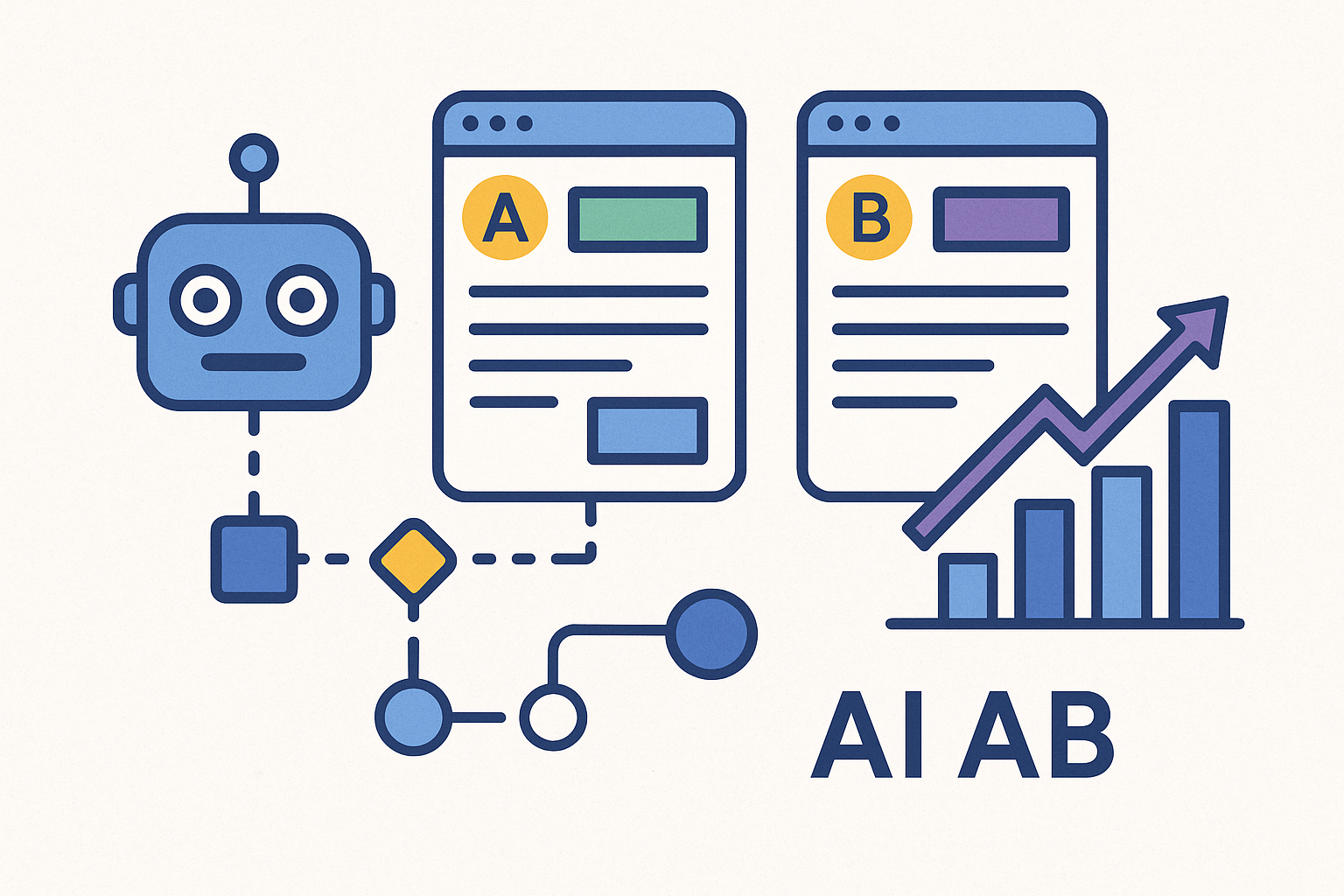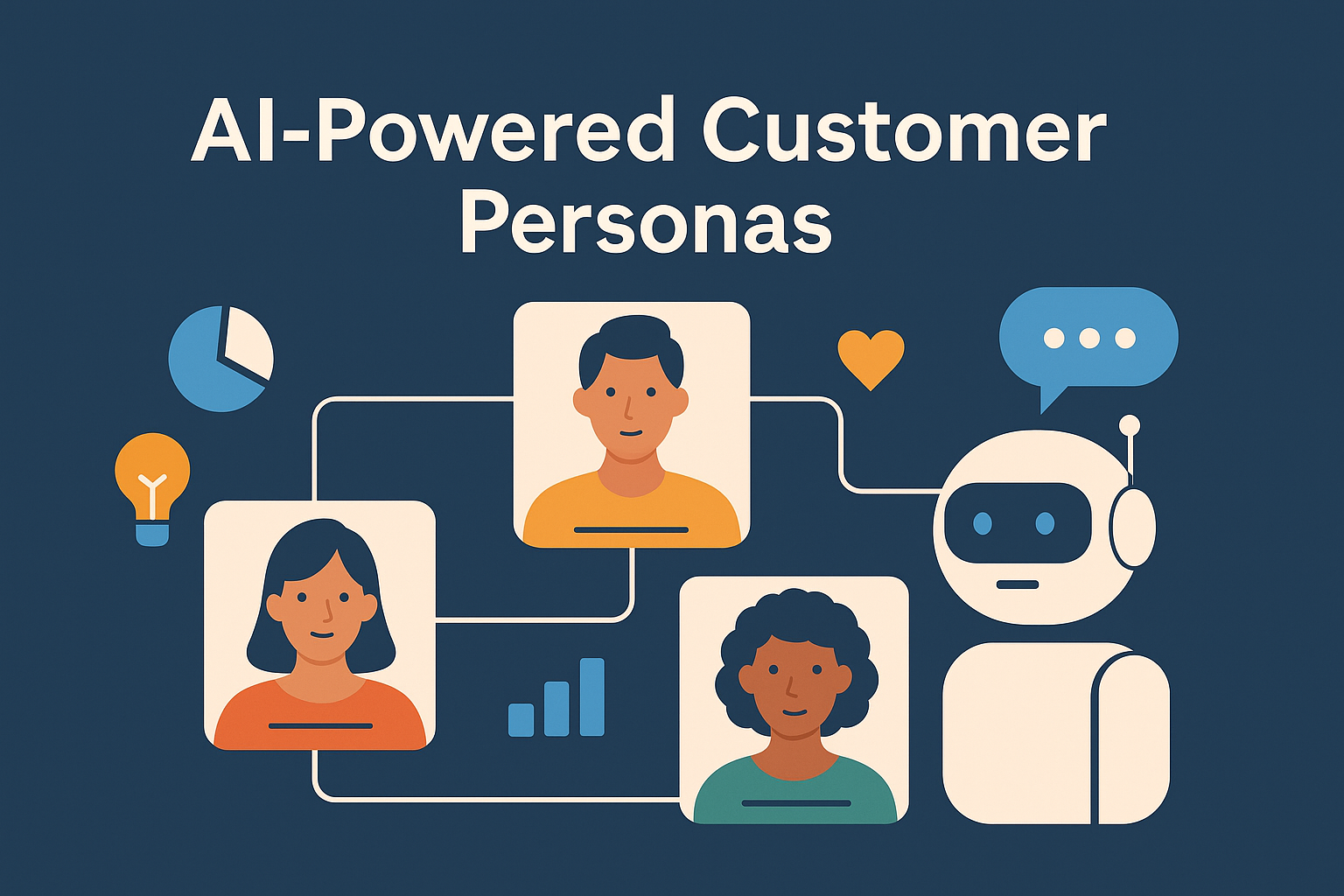Why Most Marketing Automation Fails (And What Actually Works)

Marketing automation was promised to be the superhero of the modern marketer.
However most marketing automation setups are clunky, over-engineered, and misaligned with how people actually behave online.
Despite the fancy tools, automation often results in generic emails, mistimed offers, and leads slipping through the cracks.
So, what’s going wrong and how do you fix it?
Let’s talk about where most marketers go off the rails and what actually works when you want to automate without alienating.
1. Automation Without Strategy = Chaos
Marketing automation is often treated like a shiny object. It’s easy to get sucked into demo after demo, layering in tools before you’ve even mapped out what the journey should look like.
Automation should amplify a solid strategy, not replace one.
Think of it this way: if your messaging isn’t clear, your positioning is fuzzy, or your ICP is “anyone with a pulse,” no amount of automation will save you. You’ll just end up sending more noise, faster.
What works: Start with clarity. Who are you talking to? What do they care about? What action do you want them to take? Once those foundations are solid, then (and only then) layer on automation to scale what’s already working manually.
2. Over-Automation Turns People Off
We’ve all been on the receiving end of this: you download a guide, and BAM—15 emails, 3 DMs, and a webinar invite later, you’re exhausted.
This is where most systems fail. Automation becomes a blunt-force object, hammering contacts with message after message without reading the room.
What works: Use automation to listen, not just talk. Set up your tools to pause sequences based on opens, clicks, or time on site. Build logic that respects the user’s journey. If they’ve ghosted you three emails ago, maybe don’t invite them to your live product demo, yeah?
3. Data Decay is Real (And Dangerous)
Another common failure point? Outdated, incomplete, or duplicated data. When automation runs on bad data, it becomes a liability instead of an asset.
“Hi {FirstName},” ever received that gem? Or worse—getting a birthday discount for a product you bought six months ago?
What works: Schedule regular data hygiene sessions. Integrate tools like Bouncer to clean your email lists and verify addresses in real time. Use enrichment tools like Clearbit or ZoomInfo to keep profiles up to date. Your automation is only as good as the data feeding it.
4. The Metrics Are Lying (Sometimes)
Automation dashboards look great. All those opens, clicks, and campaign completion stats—chef’s kiss. But don’t be fooled. These surface-level metrics can easily lull you into a false sense of success.
High open rates mean nothing if nobody converts. And let’s not even start on vanity metrics like “number of emails sent.”
What works: Define success by business impact, not software dashboards. Are your campaigns driving qualified leads? Are they shortening the sales cycle? Are they improving customer retention? Focus on metrics that matter—MQL to SQL conversion, pipeline velocity, customer lifetime value.
5. Tools Don’t Talk to Each Other
Automation fails when it lives in silos. Your CRM doesn’t talk to your email platform. Your form fills don’t sync with your sales pipeline. Suddenly, leads fall into a black hole and personalization goes out the window.
Even worse—your team ends up duplicating efforts or missing out on valuable signals.
What works: Prioritize integrations. Tools like Zapier, Make.com, or native integrations in HubSpot, ActiveCampaign, and Mailchimp help keep your stack connected. Better yet, map your tech stack on paper. Draw the path a lead takes from discovery to deal. Anywhere there’s a disconnect, fix it.
6. AI Is Here—But It Needs a Human Touch
Let’s address the robot in the room. AI can write emails, score leads, create landing pages, and even recommend offers. Amazing, right?
We have said this before, but it’s not magic.
When AI runs without human guidance, you get tone-deaf copy, weird segmentation, and automated actions that feel, well, automated.
What works: Use AI to augment your team, not replace it. Let AI handle the grunt work—suggest subject lines, summarize lead interactions, surface insights—but keep humans in the loop for strategy, creative direction, and final approvals.
AI should serve the brand voice, not become it.
7. No One’s Owning the Funnel
Marketing automation often breaks because no one’s really owning the whole funnel. The email marketer focuses on click-through rates. The social person chases engagement. Sales just wants the phone to ring.
Automation works best when the full funnel is connected and optimized as one.
What works: Assign an owner to the full customer journey—from first touch to closed deal. Better yet, create a cross-functional squad to manage automation across channels. Think of it like a relay race. Each leg has a runner, but they all need to pass the baton without dropping it.
8. Static Journeys = Stale Experience
People don’t move linearly through funnels anymore. They jump between channels, devices, and stages. So why are we still building automation like it’s 2013?
The typical drip campaign assumes everyone behaves the same. Newsflash: they don’t.
What works: Embrace dynamic workflows. Use behavioral triggers—site visits, content downloads, pricing page views—to branch users into different paths. Let your automation respond to user behavior in real time.
Think Netflix recommendation engine, not cable TV schedule.
9. Ignoring the Human Behind the Data
It’s easy to forget that every “contact” in your CRM is a real person with context, motivations, and baggage. Over-automated systems often fail because they treat people like numbers.
This is where segmentation gets dangerous. Just because someone matches your demographic criteria doesn’t mean your messaging will resonate.
What works: Blend behavioral data with qualitative insights. Run surveys. Ask open-ended questions in your forms. Use AI to analyze sentiment in replies or social media. The better you understand the why behind your audience’s actions, the better your automation will perform.
10. Nobody Audits the System
Finally, most marketing automation fails simply because nobody’s checking on it. Campaigns run for months (or years) untouched. Messages go out with broken links or outdated offers and data flows get misrouted.
It’s the digital version of “set it and forget it”—until someone notices a problem and now it’s a crisis.
What works: Build an automation audit into your quarterly planning. Review key flows, check email performance, update outdated copy, test integrations. Even better—use monitoring tools like Userlist or Customer.io to flag inactive flows.
Treat your automation like a garden. If you don’t tend it, it withers.
So, What Does Work?
Modern marketing automation works best when it’s:
- Strategy-first
- Behavior-based
- Cross-functional
- Regularly reviewed
- Human-centered
- AI-augmented (not AI-dependent)
You don’t need a bloated martech stack. You need thoughtful workflows, clean data, and tools that help your small team move faster and smarter.
Automation isn’t a replacement for good marketing—it’s a multiplier. When you build systems that respect your audience and reflect your strategy, the results feel like magic.










